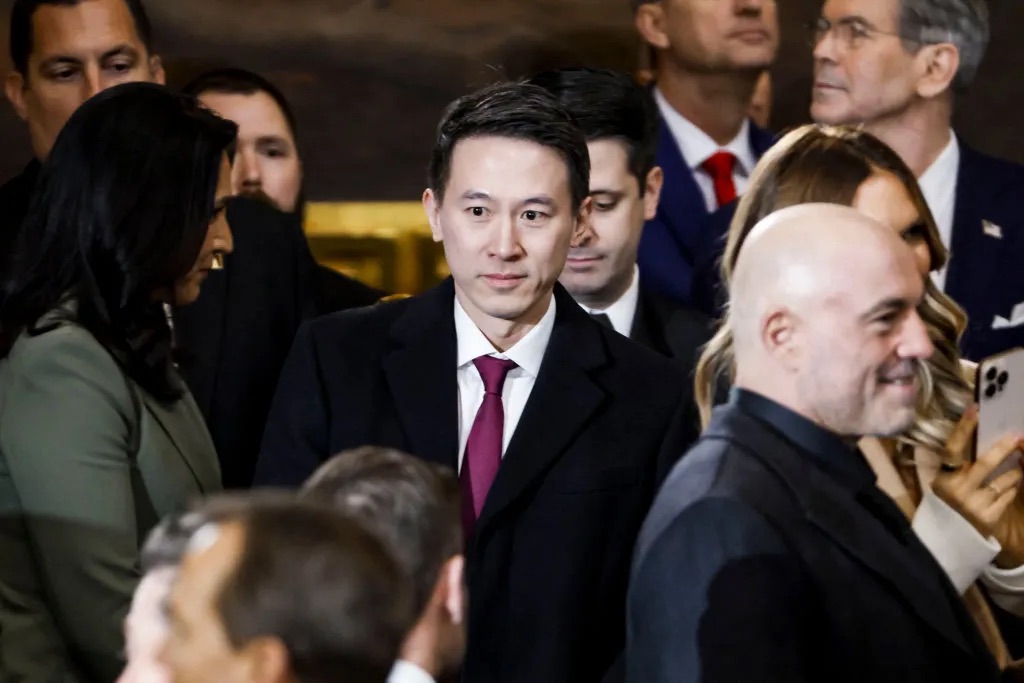The Supreme Court. The highest court in the United States has seen a tumultuous past few years riddled with ethical, political, and age controversies: it is not alone. All three branches of governance have seen disputes regarding these issues. However, the Supreme Court was designed to create an independent, just, and stable body with “equal justice under law,” not to reflect the politics of the nation. Yet, trust in the court is at an all-time low and the institution has become a symbol of partisan politics rather than fairness and impartiality. With each percent decrease in public support, the urgency for reform on the Supreme Court becomes more apparent. The feasible solution for this is clear: Term limits for justices.
Since the United States Constitution was signed, a key part of the nation’s government has been checks and balances. With regards to the Supreme Court, justices are considered “Article III Justices,” who must be nominated by the executive and confirmed by the Senate. At any time, these justices can be impeached by the House of Representatives and be removed from office following a guilty verdict in a Senate trial. Otherwise, they may serve “during good behavior,” which is interpreted to signify life-long terms.
However, many circumstances have changed since the Constitution was written, including life expectancy. When the Constitution was created, a 25-year-old white male could expect to live for an additional 38 years. Now, they could expect to live for 50 more years. This change is reflected in the length Supreme Court justices serve on the bench. Before 1950, a justice served for about 11-15 years. However, since 1970, justices serve for an average of 25 years. With increasingly longer terms, Supreme Court confirmations have become less and less frequent.
In addition, because vacancies only occur after a death or retirement at a justice’s discretion, the timeframe for appointments is very unpredictable. This adds importance and politicization to every nomination, as politicians see it as potentially their only opportunity to push someone from their ideological camp onto the court. That way, presidents and senators influence policy long after they leave office.
Additionally, the length and power of a Supreme Court appointment introduces a severe lack of accountability. Currently, Supreme Court justices fail to be held to ethical standards like other government members. The first time the court adopted any form of an ethical code was in 2023, and even then, it was a watered-down version filled with loopholes that lower-ranked justices do not have. Combined with their permanent status in power, Supreme Court justices face no regulation or incentive to behave morally. Justice Thomas had no problem taking money from political megadonors, some of whom had cases in front of the Supreme Court, because nothing effective was in place to stop or dilute his power. In the current system, he will remain on the court as long as he pleases, free to continue to commit these questionable actions.
Not only do permanent appointments create unnecessarily polarized events and decrease government accountability, but they also foster an out-of-touch environment. Currently, three of the nine Supreme Court justices are over 70 years old. Yet, a mere 6% of America’s working population is aged 70 or over. For an institution known as the “people’s court”, this is not very representative of the people, nor does it provide the country with those who are well-adapted and connected to the issues facing the nation.
For all the struggles that unlimited reign for Supreme Court justices provides, arguments in favor of stability and wiser judgment render pointless. The only way to restore legitimacy, stability, and accountability to the sacred institution is to regulate it. Following the proposal in a report published by the American Academy for Arts and Sciences, justices should participate in the Supreme Court’s appellate work for 18 years, before continuing to “serve as senior Article III justices (assuming they wish to do so rather than simply retire), but they would be assigned to the lower federal courts.” In other words, after 18 years on the Supreme Court, justices may not continue as part of it. However, they remain part of the judiciary and can oversee other cases in less-influential courts.
The proposal is not unusual, and it has been supported by former Supreme Court Justice Stephen Breyer, who says it would have made his “life a lot simpler, to tell you the truth.” Even the current Chief Justice, John Roberts, supports term limits of around 15 years. The plan is also immensely popular with the general public, regardless of political affiliation.
Every 18-year term would be staggered, with a vacancy occurring every two years. This will ensure that all presidents will be able to appoint two justices in their four-year term rather than the current unpredictable guessing game as to who will be able to nominate a justice at what time.
By introducing a set timeframe for terms, presidents and the general public have a prior understanding of the appointments that will occur, reducing the instability and political divisiveness of confirmation hearings. Rather than a president nominating the youngest and most ideologically extreme judge, experience and quality will find a greater priority. Since their next appointment to the court is guaranteed rather than speculated, presidents do not have a high motivation to select an individual who would confirm their priorities.
Doing so makes the Supreme Court more representative of the nation’s views by ensuring that the voices arising from a certain election will not matter more than those from a different one four years later. Due to the present system, some presidents receive a greater say on the court’s makeup than others, even though all presidents are elected with the same mandate from the people. For example, President Carter, who served a single term, appointed not a single justice to the court whereas President Trump nominated three judges in his first term alone. In this case, those who voted for President Trump had the opportunity to influence the court whereas President Carter’s voters were left powerless. This brings legitimacy and popular support back to the embattled court which has struggled with out-of-touch rulings such as their unpopular decision on the 2022 Dobbs vs. Jackson Women’s Health Organization case.
Not only do 18-year term limits reduce political tensions and foster a more representative court, but they also fit the needs of the current crisis. 18 years is a timeframe consistent with the length that justices have previously served and allows appointed justices to gain experience without losing touch with the realities and needs of the nation or having a decades-long unregulated reign of power.
While many argue that a change such as this would be illegal or incredibly hard to implement, the Brennan Center states that term limits of this sort are “absolutely” constitutional. Under Article III of the Constitution, Congress holds “extensive powers” over the workings of the Supreme Court. Forcing justices to hold senior status is within the scope of Congress and has been determined constitutional by the Supreme Court itself in the case Booth vs. United States. The court held that senior-status judges and justices, although they wield less power, “do not relinquish” their office. In other words, senior justices still serve as justices. This falls in line with the mandate that judges can serve during good behavior.
An unlimited reign as a Supreme Court justice is simply unfeasible in today’s society. In countless strong democracies across the globe and all but one state, members of the highest court of the land face term limits or restrictions. What makes the Supreme Court of the United States different? The current circumstances of the hyper-politicized government have shown that the nation needs a stable, independent aspect of the government that holds the trust and will of the people. Although many believe the imposition of term limits alters the purpose of the court, in reality, it does the opposite. Term limits preserve the People’s Court as the sacred institution this nation needs.





